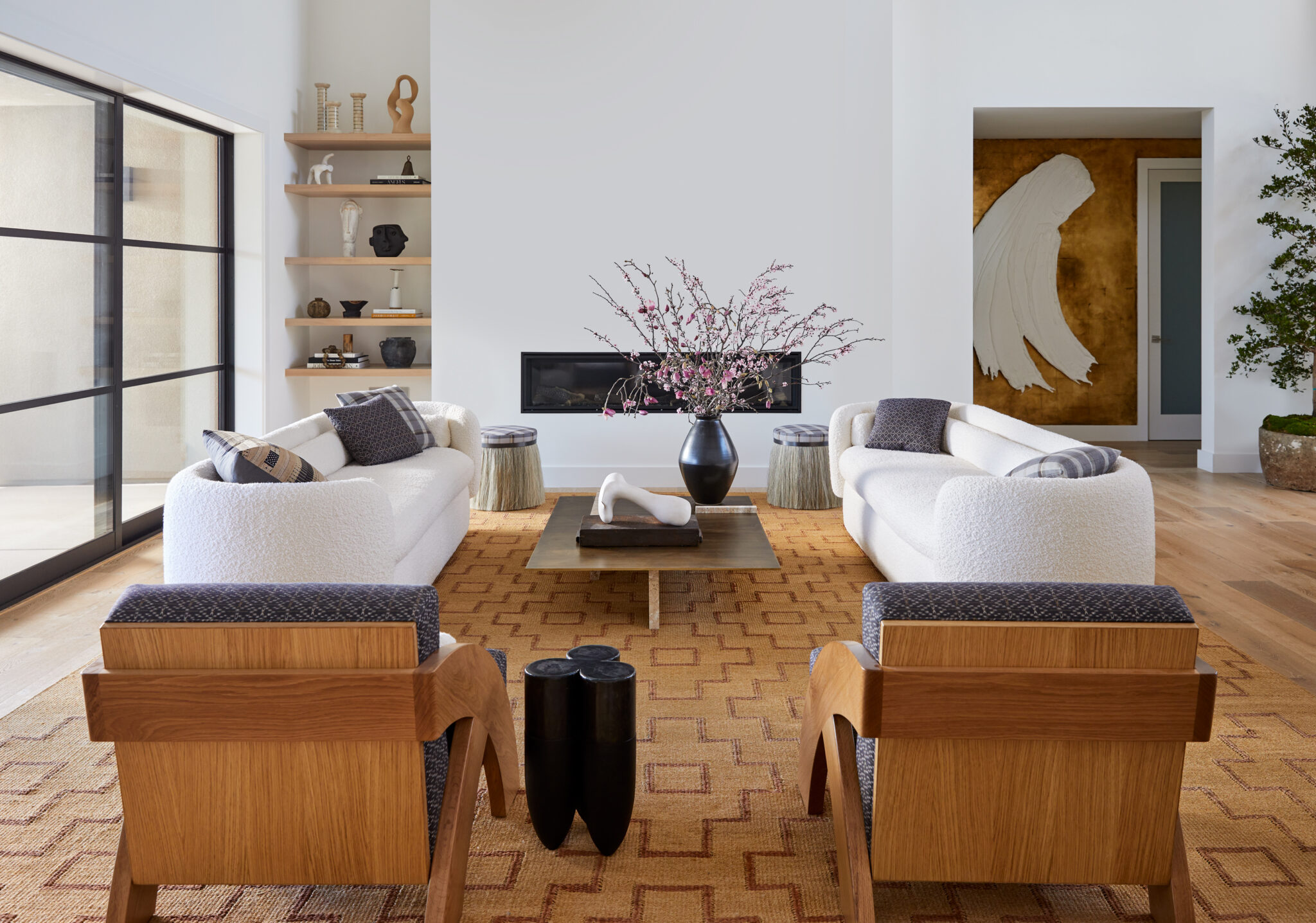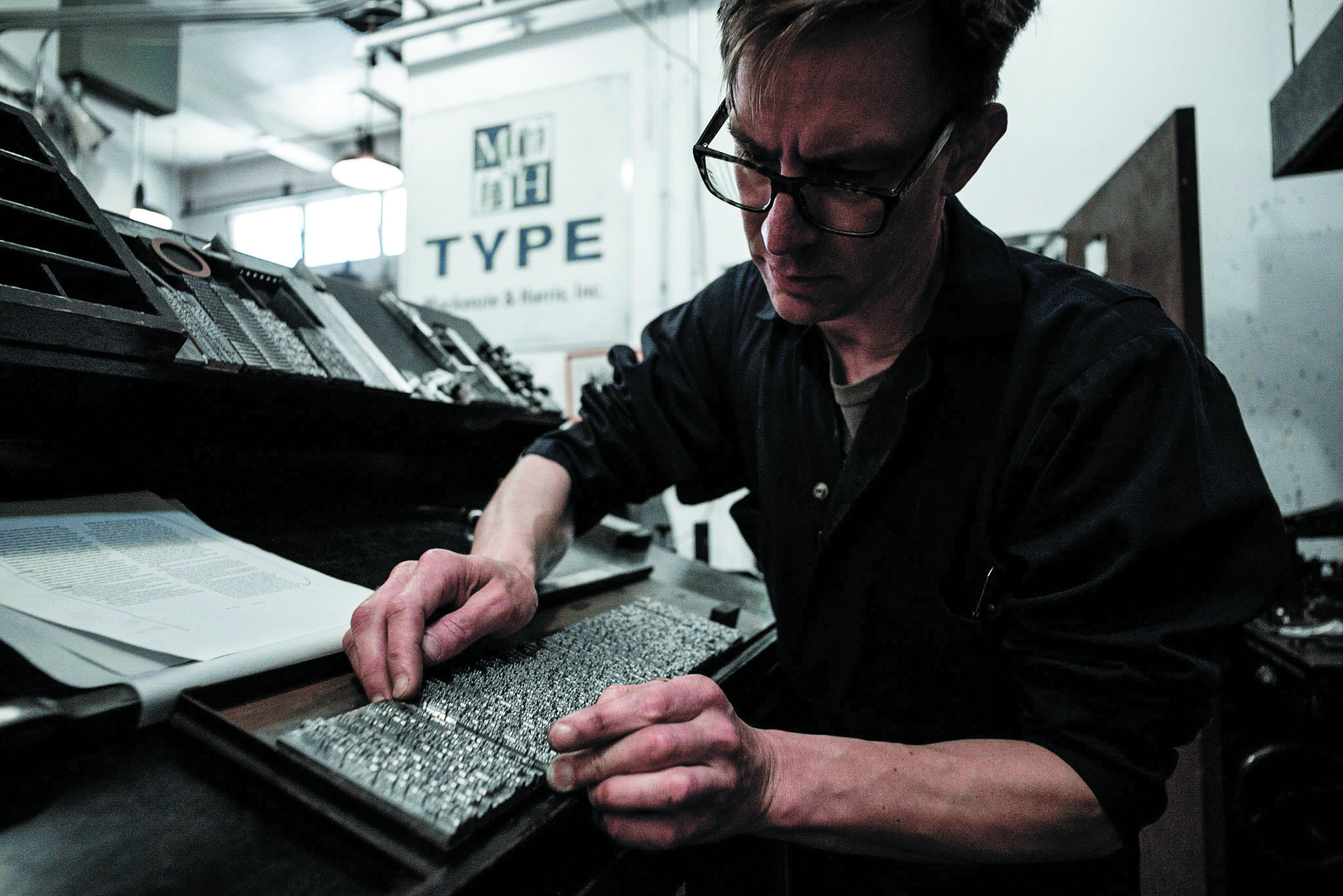Next Level
Author:Jessica RitzAnand Sheth is elevating the world of architecture one space at a time

Architect Anand Sheth understands how diversity is strength at every level. In early 2021, the former design director of Studio BBA in San Francisco established his own firm, Studio Anand Sheth. With this nimble operation, he can service a range of clients and projects, for which his experience in residential, workplace and hospitality categories is an asset. “There’s a lot of insight that comes from each of those project types,” he explains.
Sheth’s portfolio shines in particular when it comes to collaborating with passionate Bay Area BIPOC food and beverage entrepreneurs and helping guide their design journeys. In some cases, this type of work colors outside the lines of typical hospitality client-designer relationships. At Hi Felicia in Oakland, for instance, which is run by Chef Imana, who previously ran an in-demand supper club in her home, the space supports a culinary and hosting style that she’s described as “vulgar fine dining.” Hi Felicia “really does function like a big living room. It’s really about the experience of her and her community,” Sheth observes about Chef Imana’s business. Other recent projects include Commune, an experimental venue operated by artist Binta Ayofemi’s multidisciplinary platform Ground, which is housed in a former bank building in downtown Oakland and which Sheth began while at Studio BBA. The hybrid natural wine bar, vinyl lounge and dance club Bar Part Time has become a buzzy San Francisco destination. “All three of these client relationships have become strong friendships built upon our shared values—to use design for self- expression and treat underrepresented cultures as vital resources for the future of hospitality,” Sheth says.
His broad consideration of “resources” and focus on community informs his architecture and interior design practice and serves as a framework for making systemic changes within the industry. “I think there’s a way to move beyond the pro bono structure to accept certain clients as resources alongside your other clients that are financial resources,” Sheth reflects. “It’s a mindset. It’s not something that fits very cleanly into a spreadsheet.”


 Inside Bar Part Time, located in San Francisco’s Mission District.
Inside Bar Part Time, located in San Francisco’s Mission District.


